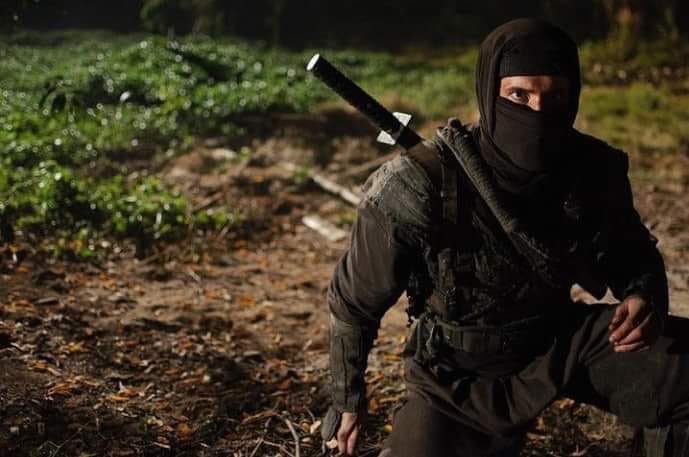1) Difference between Taijutsu and Goshin Jutsu.
Sensei Eduard invited the class to actively think about the class they had signed up for by asking them to express what they believed was the difference between Taijutsu and Goshin Jutsu. Why specifically study both? A few students offered their response. Sensei explained:
(Paraphrasing my understanding of the response): Taijutsu and Goshin Jutsu guide the student toward the same destination – the ability to defend oneself without thinking after having internalized the movements thousands of times. Taijutsu teaches us the principles of the movements through foundational movements and kata. We begin with “big” or exaggerated movements to learn the fundamentals such as balance, timing, and distancing. Over time, movements are shortened and applied in more practical terms for true fighting situations. Once Goshin Jutsu is mastered, these movements are no longer part of kata, they become a part of self. The body begins to respond automatically to situations of danger.
2) Winning by not fighting.
Sensei stressed the importance of one’s mindset and heart when learning Goshin Jutsu. Paradoxically, the objective of learning to fight is to never have to fight at all unless it becomes an absolute necessity. It’s best to avoid situations of conflict by being aware of one’s surroundings, changes in the emotions of those around us, and other potentially dangerous or harmful situations. Sensei also mentioned in passing that the principle of “avoiding” (avoiding danger and I suspect avoiding with movements) is central to the philosophy of Gyoko Ryu.
3) Protection of Mind, Body, and Spirit.
Through training, a student learns more than mere (physical) self-defence. They are taught a complete system of protection. Protection of body, mind, and spirit. First, training teaches the protection of the body through waza and kata. Through ongoing training the student then learns to strengthen their mind in order to avoid being manipulated or tricked. Finally, the student learns to protect and strengthen their spirit. An ability that lets one see into the hearts of people with what Sensei calls “The eyes of God”.
4) Awareness of the Law.
Sensei also stressed the importance of the legal system in situation of physical violence. In this country, the police may protect the guilty as readily as they will protect the innocent. Younger teens are also more aware of their “rights” and it doesn’t take much to find oneself in trouble with the law. Police don’t do this because they intend to do harm to society, but they do want to uphold the law. It’s important to be aware of such things. Should a situation such as this arise, it may be better to contact the police first and let them know what transpired in order to better guide the legal outcome.
5) Always Remain Calm.
Confrontational situations often create feelings of fear, anxiety, and distress. It’s important to calm one’s mind (and spirit). Breathing is an important tool. Training teaches the student to deal with such situations gradually through increasingly dangerous, aggressive, and intense situations.
6) Use the unexpected to your advantage.
Throughout class Sensei demonstrated the advantage one can achieve through attacking from places the opponent cannot see. (Sensei demonstrated a number of examples throughout class which demonstrated this point).
7) Heaven and Hell.
Sensei shared a kuden (paraphrasing): “Above the blade there is hell. Under the blade there is heaven”. This statement was illustrated with techniques against an armed attacker. The uke (myself) would strike down towards Sensei and Sensei, instead of moving away, would move into my space eliminating all power while at the same time unbalancing my mind and my spirit. We must be brave and let go of fear to achieve such techniques.

8 ) The Line Between Right and Wrong.
Sensei explained that it’s important to truly understand the difference between right and wrong. It’s important not to lie to ourselves about what is right and what is wrong. And we should live accordingly. This makes me think of another class where Sensei talked about the challenges we face with the temptations of everyday life. We must learn to behave correctly despite not being sheltered from temptation as (for example) the monks in the mountains who train in peace and without distraction.
9) Mind Control.
Sensei demonstrated techniques that I dare call “mind control”. He could stop an attacker in the middle of an attack with a kiai, a feeling, an intention. I can only report what I saw. It’s difficult to discuss what actually happened here…
10) Tying it all Together.
After all of this, Sensei finished class by tying the class together. Now that the students had an opportunity to “taste” Goshin Jutsu, he once again discussed the concept of “no mind” and that this was where the path to Taijutsu led: a place where we could defend oneself without thinking and without fear. In the end Sensei concluded by stressing the importance of training in the fundamentals and to keep going.

